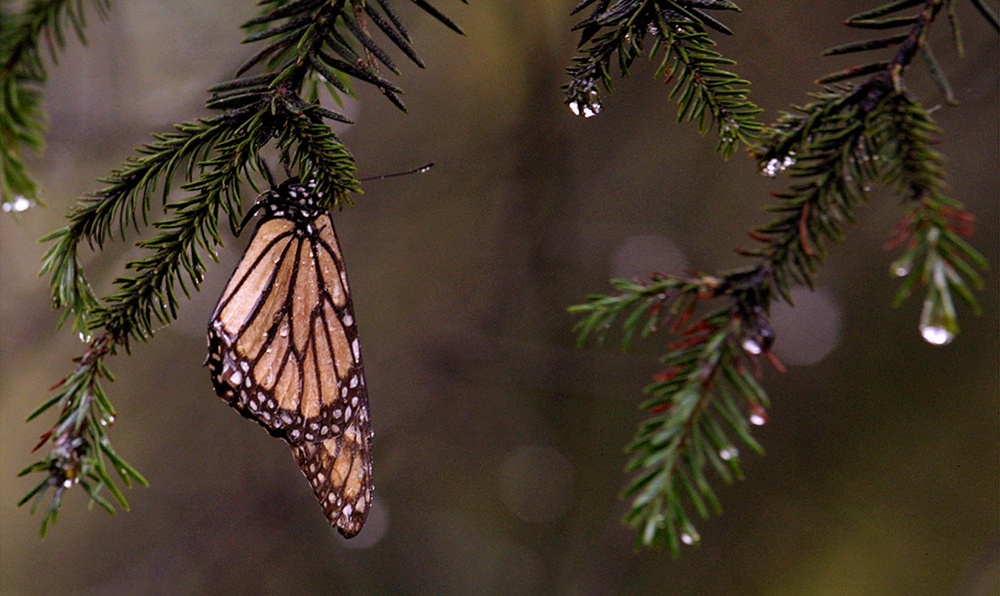
The number of Monarch butterflies is down once again this year, following a trend that has seen declining numbers of the colorful creature over the past decade, says a Texas A&M University Monarch butterfly advocate.
Craig Wilson, director of the USDA Future Scientists Program and senior research associate in the Center for Mathematics and Science Education and longtime butterfly enthusiast, says early figures show fewer Monarch numbers for 2018. Early estimates show that their numbers are down almost 15 percent from a year ago in the breeding grounds in Mexico.
Cold weather and some winter storms may be to blame, he points out. Fewer Monarchs made it to the overwintering grounds.
Wilson says numbers of Monarchs passing through Bryan-College Station last fall in October 2017 seemed to be down and there were late arrivals even into December. This would seem to be supported by the latest figures released from Mexico showing that 2.48 hectares were used by overwintering Monarchs in Mexican reserves. “Estimating 50 million Monarchs per hectare would give a total population of 124 million,” he notes.
The low point occurred in 2013-14, when only 34 million Monarchs were estimated. Experts suggest that 6 hectares of overwintering monarchs by 2020 might allow the migration to be sustained in the long run.
Wilson says it is critical that Monarchs have access to milkweed, the only type of plant that Monarch caterpillars will digest as the multiple-generational migration heads north. Habitat in Texas is critical as the Monarchs funnel through the state in the spring and have to find milkweed on which to lay their eggs. Wilson says more milkweed is needed for the Monarch’s long-term survival.
“Texas A&M is doing its part through Craig Coates, who teaches a Monarch butterfly service project that will engage 520 Texas A&M University students from 90 different majors in group projects to work on Monarch habitat restoration including planting milkweeds and related activities,” Wilson adds.
In addition, both Bryan and College Station are taking the Mayors’ Monarch Pledge seriously and making both cities Monarch-friendly environments, he says.
Wilson recommends the following sites for Monarch followers: Journey North, Texas Monarch Watch and Monarch Watch.
###
Media contact: Keith Randall, (979) 845-4644 or keith-randall@tamu.edu or Dr. Craig Wilson, (512) 636-9031 or cwilson@science.tamu.edu.





